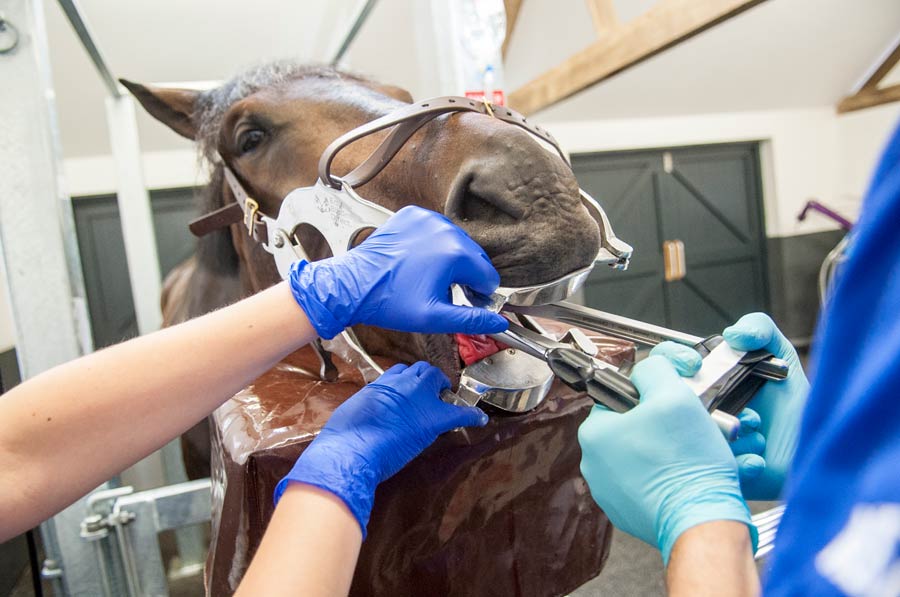Understanding the horse teeth chart by age is crucial for all equestrian enthusiasts. Horses, much like humans, go through distinct stages of dental development. This knowledge not only helps in determining a horse’s age but also in ensuring their overall health and well-being.
In this article, we will delve into the fascinating world of equine dental development. We’ll explore how horses’ teeth change as they age, why these changes occur, and how you can use this information to care for your horse better.

Importance of Equine Dental Health
Before we dive into the specifics of the horse teeth chart by age, it’s essential to understand why dental health is crucial for horses. Horses rely heavily on their teeth for grinding and digesting food. Any dental issues can lead to severe health problems.
According to the High Country Vet, regular dental check-ups are vital for maintaining a horse’s health. Dental irregularities can cause pain, weight loss, and behavioral issues.
The Equine Dental Development Stages
Foals (Birth to 1 Year)
Foals are born without teeth, but they quickly develop their first set of deciduous teeth or ‘baby teeth.’ By six months, they usually have a full set of 24 deciduous teeth.
Yearlings to Young Horses (1 to 5 Years)
As a horse ages from one to five years, these baby teeth are gradually replaced by permanent teeth. By age five, most horses have their complete set of adult teeth.
Adult Horses (5 to 20 Years)
Once a horse reaches this stage, their dental growth slows. Routine dental care becomes crucial to maintain their health, as dental exams can prevent issues like sharp molars.
Senior Horses (20+ Years)
As horses age, their teeth may begin to wear down significantly. Understanding the needs of senior horses is essential for their comfort and health.
Common Dental Issues in Horses
Tooth Eruption and Shedding
Tooth eruption and shedding are natural processes. However, complications can arise if these do not occur properly.
Sharp Molars and Hooks
Sharp molars can cause pain and discomfort. Regular dental check-ups can prevent this issue. For more insight, check out sharp molars in horses.
Oral Tumors
Although rare, oral tumors can be a concern. Early detection through routine dental exams is vital. Learn about oral tumor symptoms.
How to Use the Horse Teeth Chart by Age
Using the horse teeth chart by age can help you determine your horse’s age and dental health status. This chart outlines the expected dental development at various ages.
Signs Your Horse Needs Dental Attention
Behavioral Changes
If your horse exhibits unusual behavior, it might be due to dental discomfort. Learn more about behavioral changes related to teeth issues.
Weight Loss
Difficulty eating due to dental pain can lead to weight loss. Regular check-ups help prevent this.
Maintaining Your Horse’s Dental Health
Regular Dental Exams
Routine dental exams are crucial. For a comprehensive checklist, see our mouth exam checklist.
Diet and Nutrition
Proper diet and nutrition play a significant role in maintaining dental health. Soft feeds might be necessary for older horses.
Conclusion: Keeping Your Horse Healthy
Understanding the horse teeth chart by age is a valuable tool for any horse owner. With regular dental care and attention to your horse’s needs, you can ensure they live a healthy, comfortable life.

FAQs
1. How often should I have my horse’s teeth checked?
It is recommended to have your horse’s teeth checked at least once a year by a professional.
2. Can dental issues in horses cause behavioral problems?
Yes, dental issues can lead to discomfort, resulting in behavioral changes. Regular check-ups can help identify and address these issues early.
3. What are the signs of dental pain in horses?
Signs of dental pain can include difficulty eating, weight loss, and changes in behavior. If you notice these signs, it’s important to consult with a vet.
This article contains affiliate links. We may earn a commission at no extra cost to you.
